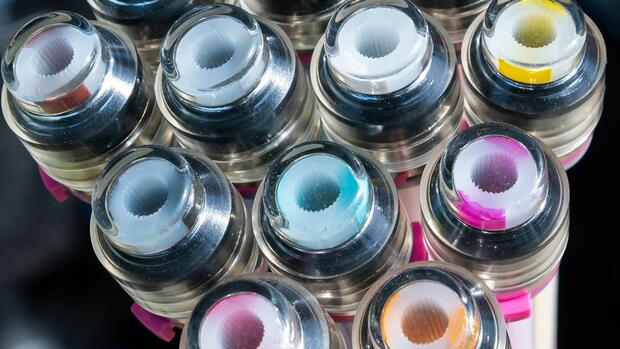Berlin at the end of 2020, the figure was still 17.7 percent and at the end of 2021 23.1 percent. “The expansion is rolling out, the industry is fulfilling its self-commitment: we are expanding fiber optics at great speed,” said Breko President Norbert Westfal.
Fiber coverage of 50 percent by the end of 2025
The federal government has set itself the goal of achieving 50 percent fiber-optic coverage in Germany by the end of 2025. According to the authors of the study, who based their analysis on data from more than 200 network operators, this is possible, but not certain. At the end of 2025, they estimated the share of fiber optics in households, companies and authorities at 40 to 53.5 percent, depending on the impact of negative factors.
In order for the goal to be achieved, for example, approval procedures must be accelerated urgently, Westfal demanded. The administration must finally be comprehensively digitized. “The fax machines in the offices must finally be a thing of the past,” said the association president. In addition, he stressed the importance of alternative laying methods that do not require such deep digging and that are faster.
Glass fiber more stable and faster
Fiber-optic Internet is significantly faster than connections via telephone lines (VDSL). Although television cables also create gigabit speed, fiber optics are considered more stable. If many neighbors surf the net in the evening and stream movies, the data transfer rate does not drop as much as with TV cables. As a rule, however, fiber optic connections are relatively expensive.
The study also shows that there is still room for improvement when using fiber optics. Only just under half of the households with fiber optics to the house have corresponding contracts. However, the association Breko is confident that the demand for fiber optics will increase in view of the rapidly increasing data demand in the digital age.








